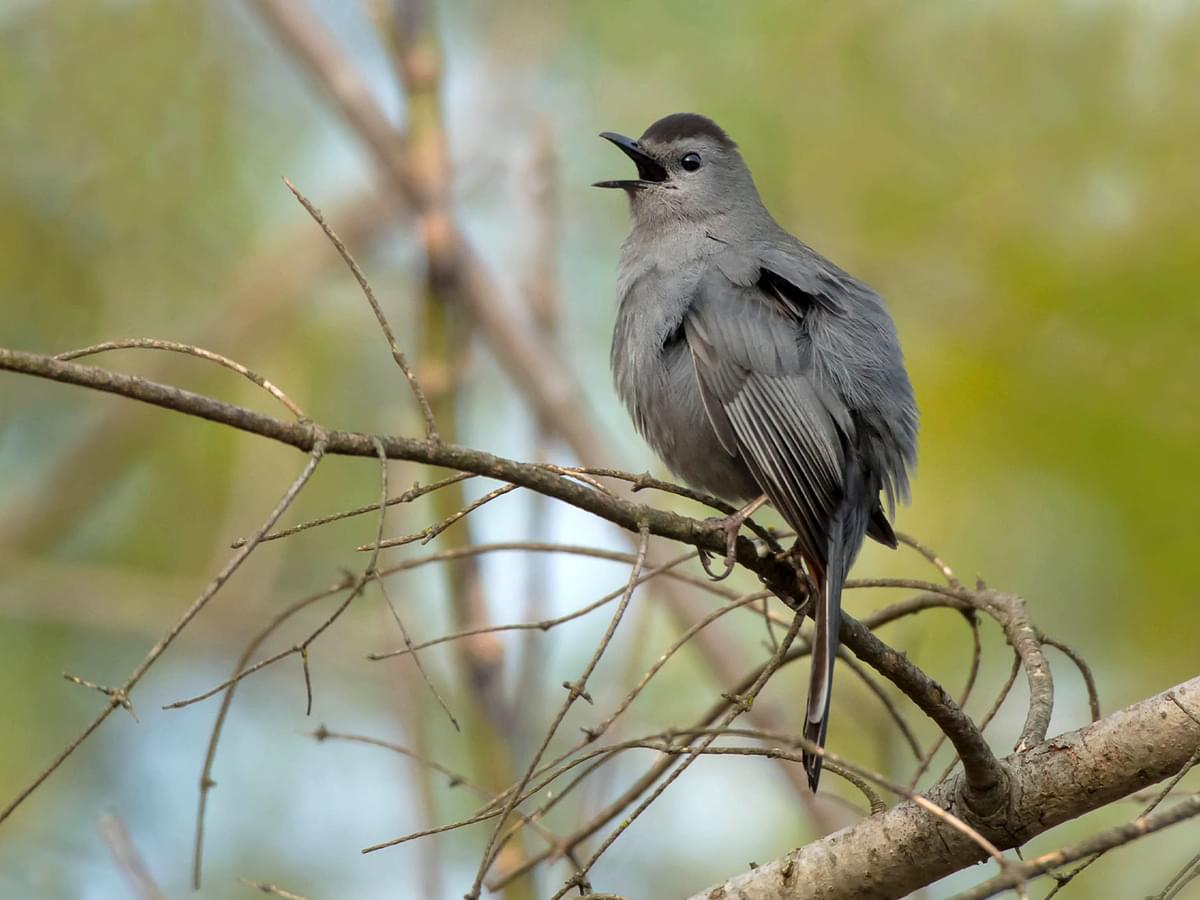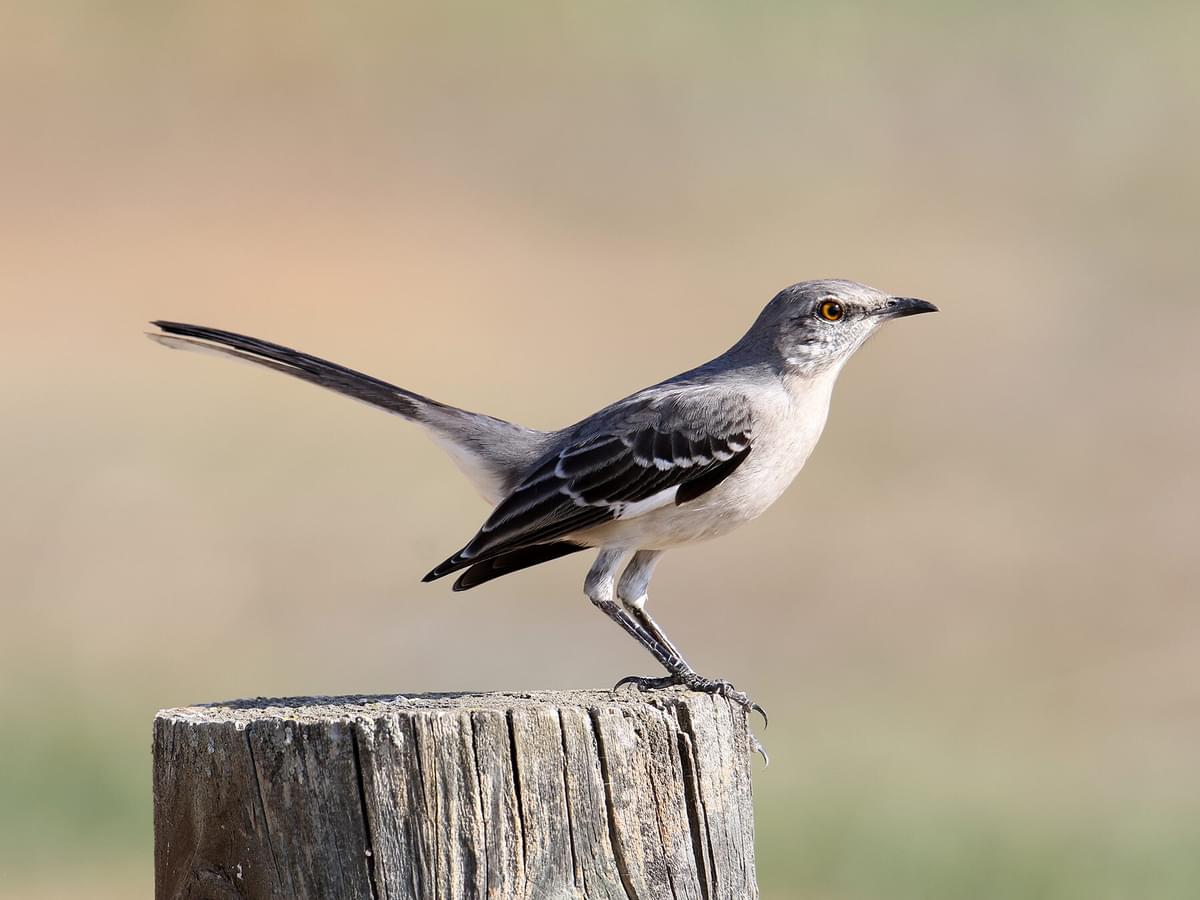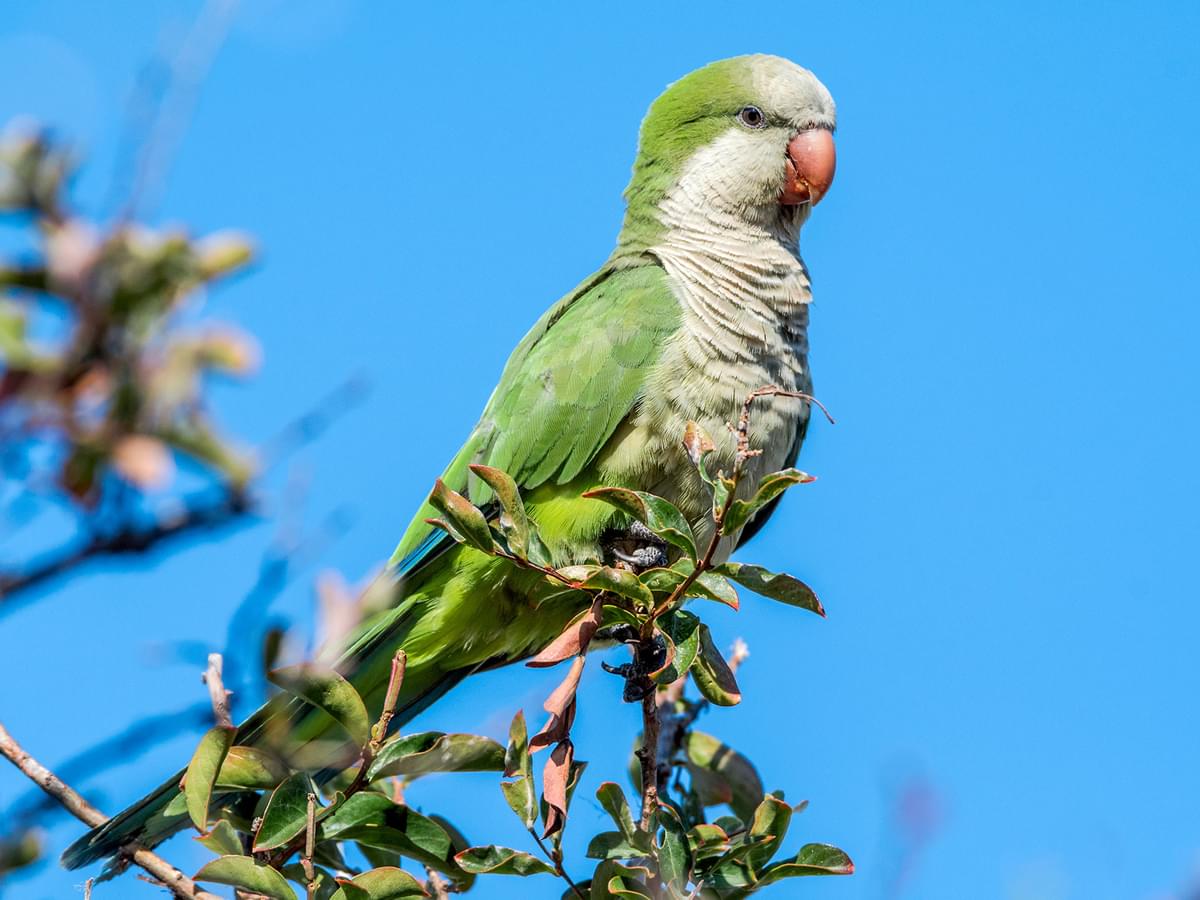Imitation and Learning

Bird song and behavior have captivated us throughout history, inspiring early poets and entertaining millions of birdwatchers worldwide. Have you ever wondered how songbirds learn to sing? Or why some birds can mimic other species and even imitate human speech?
Many birds learn songs and behaviors by imitating their parents and other birds around them. This implies a high level of cognition since birds must hear songs or observe behaviors, interpret them, memorize them, and then reproduce them under appropriate social or environmental conditions.
From learning where to find a meal to impress a potential mate, birds rely on this form of social learning for many of their everyday behaviors. There’s so much more to unpack about how birds learn through observation and imitation. Read along as we dive into this fascinating field of bird behavior!
The Roots of Imitative Behavior
Decoding Imitation
Imitation is an important survival strategy or learning mechanism in birds that takes many forms, including voluntary social behaviors and involuntary physical characteristics. Some birds learn to imitate by hearing or observing, while others inherit an imitative appearance or instinctual behavior.
For example, a caged parrot masters the sound of a ringing telephone by learning, while an alarmed Wryneck in the hand of an ornithologist will twist and turn defensively like a snake without ever studying the movements of reptiles.
Continue reading to learn about three types of bird mimicry.
Vocal mimicry
Some birds can reproduce the songs or calls of other birds or animals, either under natural or captive conditions. This fascinating form of social learning is known as vocal mimicry, and it is practiced by many passerine and psittacine bird species.
Examples include wild birds that mimic the vocalizations of dozens or even hundreds of other species, and popular pet birds can reproduce human speech and even unnatural sounds like machinery.
Behavioral mimicry
Many birds imitate the behavior of their parents to master essential life skills. Some adult birds imitate others to learn new foraging behaviors, while a few species even mimic dangerous animals to frighten potential enemies.
Visual mimicry
Some birds have evolved plumage or markings similar to other recognizable creatures, possibly as a form of communication by imitation. The Common Cuckoo, for example, resembles birds of prey, which may help them frighten off songbirds before parasitizing their nests.
Why Birds Mimic
Birds use imitation and mimicry for many reasons, ranging from learning to sing and feed to complex behaviors like impressing females and deceiving competitors.
The stakes are high for birds learning to find food, avoid predators, and sing the right song to attract a partner. As a learning tool, imitating parents and other experienced birds is far more efficient than developing new strategies and saves time while avoiding the pitfalls of trial and error.
Learn more about why Birds imitate sounds

Pictured: The Common Cuckoo. Some birds have evolved plumage or markings similar to other recognizable creatures, possibly as a form of communication by imitation
Birdsong Learning
Nurturing Notes
For the most part, songbirds learn their songs through imitation and the process of social learning. Put simply, young birds hear the songs of adults of their species, memorize them, and then practice until they can reproduce them accurately.
In an illuminating study, researchers taught wild sparrows a unique song by playing it over loudspeakers in their natural habitat. The young birds learned the altered song, proving that these songbirds learn to sing by copying the other birds they hear.
However, the study also highlighted some other interesting points about generational learning and critical learning periods. Ongoing study showed that the unique experimental song was passed on to future generations and narrowed down the young birds’ learning phases to two specific periods in their first year.
Variations and Adaptations
In most songbirds, learning is restricted to the vocalizations of their own species. Interestingly, environmental conditions can cause a change in their tune. For example, birds in urban areas may sing louder than their rural relatives to be heard over the hum of machinery and traffic.
Marked differences in song characteristics can also develop between bird populations separated by distance or geographical features. This kind of natural variation in space and time is a cultural phenomenon in songbirds that learn by imitation.
Some species are more flexible and can learn to imitate the songs and calls of other, often completely unrelated birds. While most songbirds learn during specific phases of their early life, some accomplished vocal mimics differ in that they can learn new vocalizations at any stage.

Pictured: A Common Starling. Some songbirds learn to imitate the songs and calls of other, often completely unrelated birds
Behavioral Imitation
Mimicry in Movement
Birds can learn from their parents by mimicking their foraging strategies and areas. Remarkably, some even learn from other species. Under experimental conditions, juvenile Ravens can learn new foraging behaviors by observing humans and imitating hand-performed actions with their bills.
Some birds may have evolved to use movements in mimicry in involuntary ways. Butterflies like the monarch (and many other poisonous species) have bright, aposematic coloration that warns potential predators not to eat them. The Hoopoe’s black, orange, and white plumage and buoyant flight may act similarly to advertise their toxic/distasteful gland secretions.
The Role of Observation
Sometimes, you can teach an old bird new tricks, and intelligent and adaptable birds can adapt to new food sources and foraging techniques by observing others. Recently, Sulphur-crested Cockatoos in Australia rapidly learned to open refuse bins by imitating the tricks developed by some pioneering individuals.
A similar but more widespread example of this kind of cultural transmission by observation occurred in Europe in the early 1900s. At the time, milk was delivered door to door in glass bottles sealed with foil paper.
At some point, a Blue Tit learned to peck through the seal and help itself to the cream within. This new feeding behavior spread like wildfire in the coming years and was eventually seen all over the British Isles and even Mainland Europe.
Learn more about Birds Foraging Techniques and Feeding Behaviors

Pictured: An Eurasian Hoopoe in-flight. Some birds may have evolved to use movements in mimicry in involuntary ways
Vocal Mimicry
Why Birds Mimic Sounds
Many bird species have the impressive ability to mimic the calls of other species. Some imitate other birds well enough to leave even experienced birdwatchers scratching their heads, while others incorporate phrases from other songs into their own.
The function of this interesting behavior is not always that easy to explain, although it is thought to benefit some bird species in the following ways:
- Individuals who have learned more songs may be more intimidating to rivals or sound more experienced and attractive to females.
- Mimicking the sounds of aggressive species may be a good defense strategy to confuse and deter predators.
- Imitating the alarm calls of other species in dangerous situations could attract the support of other birds to help drive off an enemy or frighten away competition around a shared food source.
Celebrated Mimics: Examples and Stories
Accomplished bird mimics occur all over the world, often delighting and confusing birdwatchers. Let’s take a look at a few well-known examples.
Northern Mockingbird - Mimus polyglottos
The Northern Mockingbird is one of America’s most celebrated songbirds and one of its finest mimics. Males sing the songs of many other bird species, usually in short succession. These territorial omnivores can learn the songs of over thirty different species, which may help to attract a female or, perhaps, to discourage other birds from feeding in their territory.
Superb Lyrebird - Menura novaehollandiae
The southeast of Australia is home to a large brown bird with a long tail and an even longer repertoire. These spectacular songbirds mimic several other birds, animals, and even machine sounds with jaw-dropping accuracy. Experienced male Lyrebirds are the most accomplished mimics, which is good because females find this vocal extravaganza particularly impressive.

The Northern Mockingbird (pictured) is one of America’s most celebrated songbirds and one of its finest mimics

Pictured: A Superb Lyrebird. These spectacular songbirds mimic several other birds, animals, and even machine sounds
Marsh Warbler - Acrocephalus palustris
The Marsh Warbler is a drab, shy little bird that rarely breaks cover. These migratory songbirds travel between Africa and Europe each year, confusing birdwatchers with the calls of over 200 different species learned on either continent. Understandably, this can cause more than a little confusion for birdwatchers!
Other notable wild mimics
- Brown Thrasher
- Gray Catbird
- European Starling
- Fork-tailed Drongo
- Red-capped and Chorister Robin-chats
- Bowerbirds
Captive mimics
The following species are celebrated for their abilities to mimic human speech and other unusual sounds in captivity:
- Ptissacines such as African Grey Parrots and Budgerigars
- Corvids like Crows and Ravens
- Mynahs

Pictured: A Marsh Warbler. These migratory songbirds travel between Africa and Europe each year, confusing birdwatchers with the calls of over 200 different species learned on either continent
Imitation, Intelligence, and Survival
Intellectual Echoes
From Budgies capable of mimicking hundreds of human words to Ravens that can mirror our movements, displays of imitation and mimicry are often clear signs of intelligence.
These behaviors require a combination of advanced cognitive processes, so it’s no surprise that some of the most remarkable examples are seen in adaptable, social bird species.
However, imitation isn’t only for the smartest birds. These behaviors are essential for the development of foraging, antipredator, territorial, and mate-attraction techniques that many young birds need to survive into adulthood.
Imitation and Human-Bird Interactions
Birds that live around humans are known to mimic familiar sounds like ringing telephones, hooting cars, or even human speech. However intriguing, it’s unlikely that these mimicked sounds mean any more to the birds than the calls of other birds or sounds from their environment.
However, this particular skill has made several exotic species very popular as caged birds. Species like parrots, cockatoos, budgies, and mynahs are beloved pets in homes all over the world.
Learn more about Birds Learning and Intelligence and Territorial Behavior

Pictured: An African Gray Parrot. Birds that live around humans are known to mimic familiar sounds like ringing telephones, hooting cars, or even human speech
Summary
Many of the typical bird behaviors we see around our feeders or when watching wild birds out in nature are the product of imitation and social learning.
Without learning these essential skills from their parents and other birds around them, our feathered friends simply wouldn’t be as successful as they are today.
Some birds have taken the art of imitation to a whole other level by flawlessly reproducing complex songs and sounds from their environment.
Whether it’s a juvenile Sparrow perfecting his song or a Parrot speaking a favorite catchphrase, these examples of imitation and mimicry offer fascinating insights into avian cognition and their ability to learn by observation.




